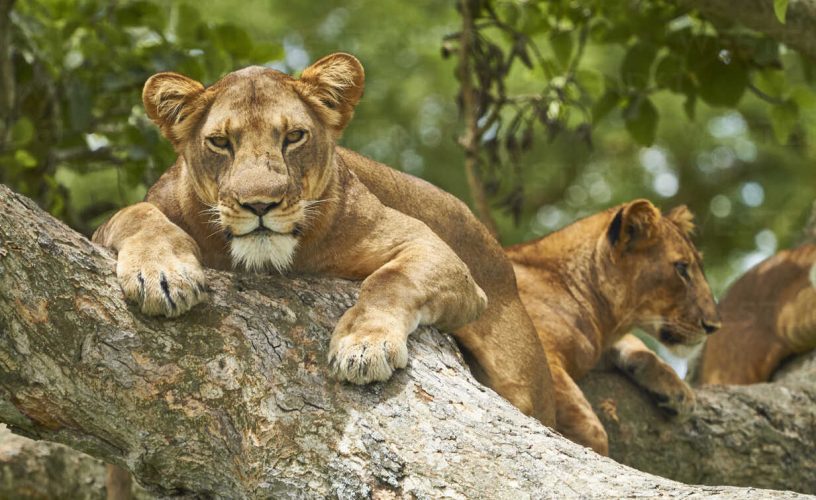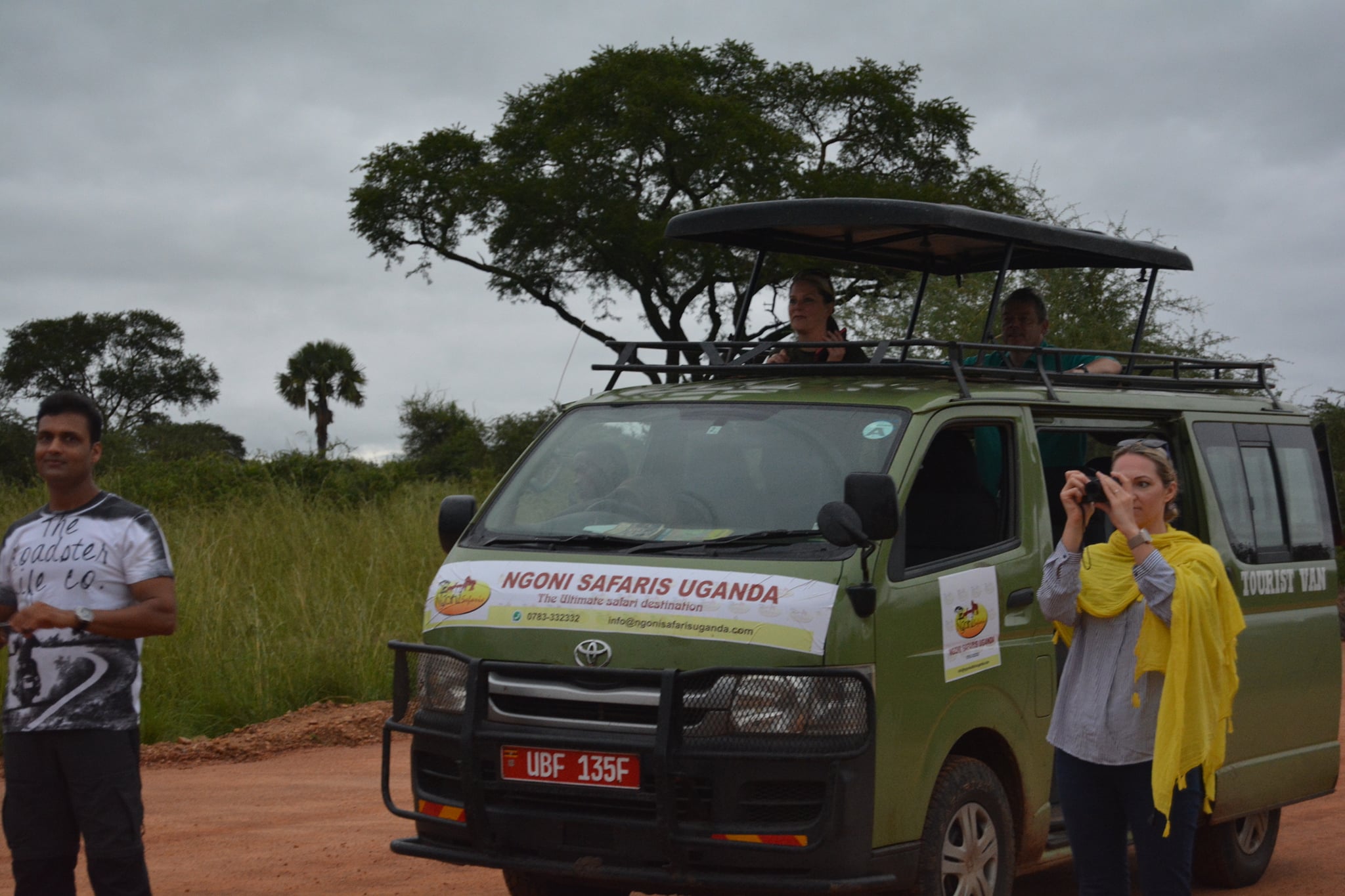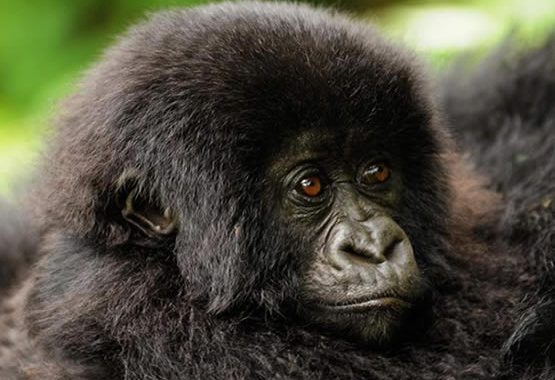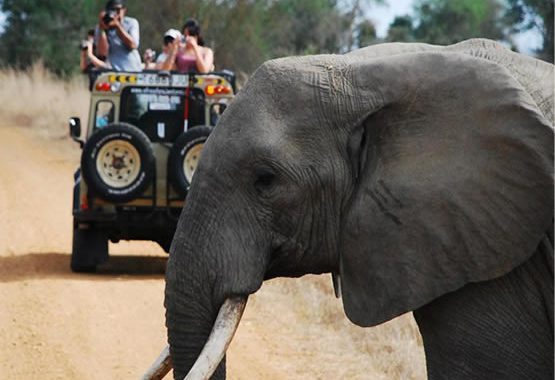If you are looking to see and experience the thrill of watching African lions thriving in their natural habitats in Africa, then look no further than taking a safari in Uganda. This friendly and environmentally conscientious African nation has three different national park areas to see these magnificent animals at play in their natural homes.
Typically, the African lion (Panthera leo) inhabits grasslands and savannas but is absent in dense forests. It is usually more diurnal than other carnivore big cats, but it adapts to being active at night and twilight when persecuted.
The lions in Uganda are fascinating. Did you know?
- Lions are the biggest carnivores on the African continent, weighing from 150 to 250 kilograms when fully grown
- They are capable of running over 60 meters in only six seconds flat
- Lions enjoy sleeping 20 hours per day
- Lions live on savannas (not in the jungle)
- Contrary to popular mythology, lions are not actually kings of the jungle at all.
- Nevertheless, you can occasionally find a lion living or roaming in the Kaniyo Pabidi Forest Reserve’s forested nature walks in Uganda.
Finding Lions in Uganda
Where and how can you see the famous wild lions of Uganda? Ugandan lions occur in three main savannah parks in the country. These include Kidepo Valley National Park (KVNP), Queen Elizabeth National Park (QENP), and Murchison Falls National Park (MFNP).
Your tour manager should include any of these national parks on your all-inclusive Uganda safari itinerary to be assured of seeing the lions. The tour guides know exactly where the lions roam, and they will drive you to see these magnificent animals at an up-close yet still safe distance. Next, we look in more detail at the three national parks where the lions of Uganda live.
Kidepo Valley

An impressive 132 individual lions are roaming through Kidepo Valley National Park. What makes this park reasonably unique (at least as far as the lions are concerned) is that the lion population is steadily increasing here compared to Uganda’s other two primary lion destinations. It means that this will become a more and more critical habitat in which to witness the lions over time.
Will you be traveling to Uganda soon?
The Queen Elizabeth National Park
The most incredible place to see the lions in Uganda is Queen Elizabeth National Park in the western quadrant of Uganda. The landscapes here are simply stunning and comprise expansive savannah grasslands, plains, forested woods, gorges, crater lakes, thick forests, and the Rwenzori Mountains as a stunning backdrop.
The park counts an impressive 95 distinctive mammals and more than 600 individual species of birds living here. On the list of mammals who call this park home are lions, leopards, elephants, buffaloes, and rhinos. Lions are one of the primary focuses of the QENP.
The Queen Elizabeth National Park has a primary focus on lion conservation. It means that lions remain among the greatest of attritions in all of the parklands. In this nature, preserve live more than 250 individual lions, mostly found within the southern and northern sectors.
If there are any savannah plains in Uganda that give excellent hope for viewing a lion’s pride in action, it is the Queen Elizabeth National Park.
Ishasha Tree Climbing Lions

Besides the typical lions that grace the park, the QENP has gained an outstanding global reputation for counting the biggest population of tree climbing big cats on the planet. These tree-climbing lions live in the Ishasha quadrant of the park. The sector is within the bounds of the park’s southern sector. On a typical afternoon Uganda safari ride through Ishasha, visitors can see the lions contentedly lazing in the enormous fig trees.
Murchison Falls NP

The lions of Murchison Falls are known as diurnal. It means that they are active at two primary times during the day, in the morning, during the sunrise, and in the evening. Both times are ideal safari drive moments if you want to see the lions roaming the open plains. These lions are primarily within the savannah grasslands plains. They are the true and unrivaled kings in this habitat, preying on the less powerful game such as buffaloes, kobs, and antelopes, for starters.
Lion Tracking Research
Travelers rate the lion tracking among fascinating experiences in Uganda on safari. Finding and photographing the tree-climbing lions of the Ishasha is indeed a breathtaking activity and a safari highlight. Lion tracking is better by far, though. The one and only lion habitat in Uganda where tourists can embark on this active adventure are Queen Elizabeth National Park.
To participate in such a thrilling activity, tourists have to go to the Kasenyi Plains in Queen Elizabeth National Park’s northern sector. Among the most popular activities of which to partake in Uganda is this lion tracking. It provides visitors with the unique experience of getting up close and personal with the lions living in their native habitat.
Lion tracking revolves around closely following the lions to personally understand their feeding habits, behaviors, and natural habitats. Experienced and expert researchers from the Uganda Carnivore Program will always personally lead the exciting activity. Visitors who wish to partake in the once-in-a-lifetime encounter with the kings of cats will need to pay to participate in the lion tracking experience. The money goes to support a worthy initiative for wildlife conservation in Uganda.
Lion tracking in Uganda’s Queen Elizabeth NP coast USD 50 for foreign tourist permit and UGX 100,000 for an East African National permit.
Other Animals That You Can See in the Queen Elizabeth National Park
The Queen Elizabeth National Park is found within the Kasese District in Uganda. Uganda’s most excellent safari park has several different ecosystems, such as the vast savannahs, shadowy forests, fertile wetlands, and lakes. The park host other wildlife species, birds, and primates, along with the magnificent lions.






